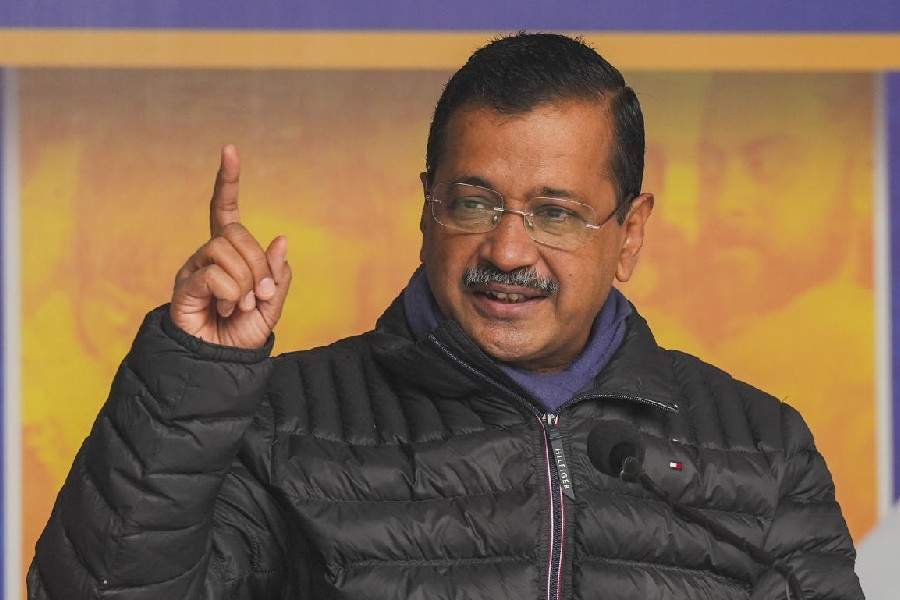Back in the mid 1990s, I was primarily an onlooker at Nasa/Goddard when John Cromwell Mather was analysing the data of COBE (Cosmic Background Explorer) and planning his next great mission — namely, the James Webb Space Telescope or the JWST. Subsequently in 2008, I was working on the X-ray imaging technique to be implemented in the Russian Coronas-Photon mission and had discussions with Mather on whether X-ray images of the vicinity of a black hole can be obtained using the same technique. In 2008, 2017, and 2019, I requested him to come to Calcutta, Caltech and Sydney for the Black Hole conferences I organised, but he repeatedly and politely said he could not leave his office till the JWST was launched. Now that the countdown to the launch has begun, a somewhat relieved Mather shared a few words with me.
What are the primary goals of the JWST?
The JWST will address the most profound questions of astronomy. How did the universe make it possible for us to exist on our very small planet, after starting with the extreme densities and temperatures of the Big Bang? We know the expansion rate of the universe, we have measured the cosmic microwave background, and we have signs that the early universe was a bit lumpy. But what happened after that? How and when did the first luminous objects appear, and what were they?
Today we have no signature of light from matter till the time the universe is about 700 million years old. How far back would the JWST be able to see?
The JWST will be able to see it even if it formed just 100 million years after the Big Bang.
Would the JWST be able to see nearby objects?
Of course. Closer home, we would like to know how the stars and planets are being born in the interstellar clouds. The JWST will observe infrared light from the regions inside the collapsing clouds and discover planets around other stars. It will detect composition of those exo-planetary atmospheres. In our solar system, the JWST will observe outer planets to understand what makes the earth unique… Mars is famous as “almost Earth”, but other places like Europa have oceans under ice, and send out jets of water vapour that might have organic molecules. Titan is a moon of Saturn that has lakes and rivers of methane and ethane over a surface of water ice, and perhaps a liquid water ocean underneath. If nature has found a way to make life that is not water-based, Titan is a good place to look, and Nasa will send a helicopter there. The JWST will map the surface of Titan.
Are you expecting any big surprises?
I am guessing that surprises will turn up in two places — the very early universe, which has been unobservable until now, and in exoplanetary systems.
How would these discoveries change our way of looking at the universe? Would we actually see signatures of life elsewhere?
The discoveries with the JWST will profoundly change our plans for future research at Nasa and elsewhere. For instance, Nasa will launch the Nancy Grace Roman Space Telescope around 2026 to learn more about dark matter and dark energy, and to survey a large fraction of the sky looking for rare objects. The next great observatory in the Nasa programme may be a kind of super-Hubble, about the size of the JWST but much more precise, so that it can actually see images of exoplanets orbiting their host stars. The inputs from the JWST will be crucial in all aspects including where to look for them.
Will the JWST put observations ahead of physics, and force us to change cosmological models altogether?
For generations, astronomy has been an observational science like biology, with mathematical models built after the fact to explain the data. In recent years, the power of supercomputers has been harnessed to make serious predictions about the formation of the first objects, the interior life of stars, and the formation and migration of planets. But we still cannot tell which of the models are correct until we actually look. So yes, what you said would be correct to assume.
What is the next thing you are looking forward to?
I am eager to see the next generations of space and ground-based telescopes. The world is already busy building three Extremely Large Telescopes, with the largest being 39 metres in diameter.
What would be the expected science life of the JWST?
The JWST’s required science life is five years, but we carry fuel for at least 10 years of operations. It could also go on for 20 years.
The human mind moves faster than light. Apparently, the physical laws limit the speed of our material achievements. It took us 400 years after Galileo to achieve a JWST. But in that time, our horizon expanded from one light hour to 13.5 billion light years. Isn’t that marvellous?
Sandip Kumar Chakrabarti is director of the Indian Centre for Space Physics, Calcutta











